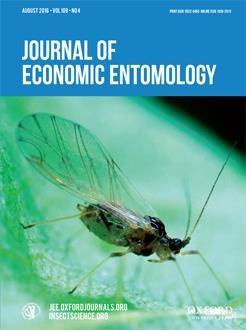ECOTOXICOLOGY (2)
PLANT RESISTANCE (2)
STORED-PRODUCT (2)
ERRATA (2)
PRIMER NOTES (1)

The Long-Term Effects of Reduced Competitive Ability on Foraging Success of an Invasive Pest Species
Optimizing Generic Cerambycid Pheromone Lures for Australian Biosecurity and Biodiversity Monitoring
